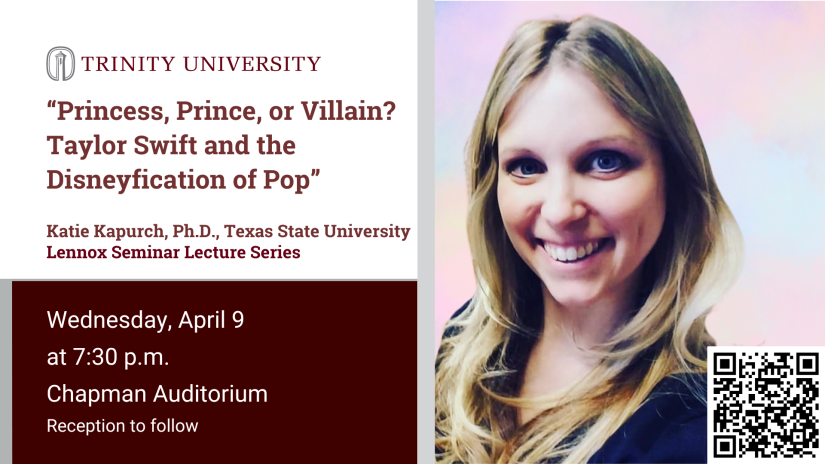As first years arrive on campus this week, one of the tasks they face is course registration for the fall semester. Although selecting one’s first college courses can be a daunting task, Trinity University takes care to make the process as simple as possible for its new students.
“Your first year is the best time to explore a variety of subjects and disciplines. Don’t get stressed if you don’t get into the classes you wanted. It may seem a little overwhelming right now, but you do have time to get all the classes you need,” said junior Shelby Eberlan, a resident mentor.
To be considered full time, students must sign up for a minimum of 12 credit hours each semester. It is possible to take more than 12 credit hours, but students generally do not take more than 18 in a semester.
“My advice for first-year students would be to sign up for 15 credit hours. That way if you need to drop a class you would still be okay,” said junior Nicola Hill.
Many courses at Trinity are popular, but it is hard to name one course as the most popular among students.
“It’s really interesting how it changes from year to year. You might have a really popular course in a particular department, leading the department to offer an additional section the next year, and it won’t even be able to fill up the first section. It depends on students’ preferences year to year,” said Alfred Rodriguez, university registrar.
Although classes are offered throughout the day, some time slots fill up faster than others. Sections that begin at 8:30 a.m., however, are almost always open, as they are perhaps the least popular time slot among students.
“All of the mid-morning courses through the lunch hour tend to fill up the quickest, and there are more courses offered at that time than any other. 8:30 classes always have availability,” Rodriguez said.
Trinity’s Common Curriculum seeks to lead students toward an understanding of the various branches of human knowledge and experiences. As part of Trinity’s liberal arts education, all students are required to complete the Common Curriculum, although there are different ways to approach it.
“The sequence in which you take courses depends largely on your prospective major. In some majors, a student can take Common Curriculum courses almost exclusively for the first couple of years and be okay, but in other majors there are courses required as prerequisites for the major that must be taken in a proper sequence. If you load up on too much Common Curriculum, you could get in trouble that way,” Rodriguez said.
Some students may feel tempted to get their Common Curriculum courses out of the way as soon as possible, but they should embrace it as a way to explore different subjects they might not have ever imagined studying.
“Take some Common Curriculum to begin with, but don’t feel as though you need to take all of your Common Curriculum in the first year or two. Use the Common Curriculum as an opportunity to explore an area that maybe you hadn’t given too much thought before. There’s such a wide range of courses to choose from being taught by exceptional professors, so a lot of students end up in a major they would have never dreamed themselves being in,” Rodriguez said.
While some courses reserve spots specifically for first years, other courses that first years may be interested in might already be closed. However, first years should not let this stop them from trying to get into the course.
“If it’s a class that you really want as a first-year student, you should go ahead and sign up for the waitlist. If the class status is showing as closed, it may simply be because nobody has added themselves to a waitlist yet. A class that has availability shows on Tigerpaws with a status of open. When the last student fills the last seat in the class, it changes it to closed,” Rodriguez said.
After wait-listing a course, it is extremely important to constantly check email messages.
“A student who signs up for the waitlist should check their email regularly to see if they’ve been added to the class. You only have until midnight of the following day when you receive the email to accept your invitation to join the course,” Rodriguez said.
It is important that students keep their classmates in mind and be considerate in their scheduling.
“Only get on the waitlist for a course that you would really be interested in taking. Remove yourself from a waitlist if you find other alternatives because you could be keeping another student from being able to join the course,” Rodriguez said.
Communication with professors during registration can really help students who are having difficulties getting into a class they are intent on taking, so if students are still on a waitlist for a course when classes start, they should sit in on the first class or two to let the professor know how badly they want to get into the course.
“If it’s a course that you are really, really serious about, you should go on the first day, even if you’re not signed up, to let the instructor know you are interested,” Rodriguez said.







